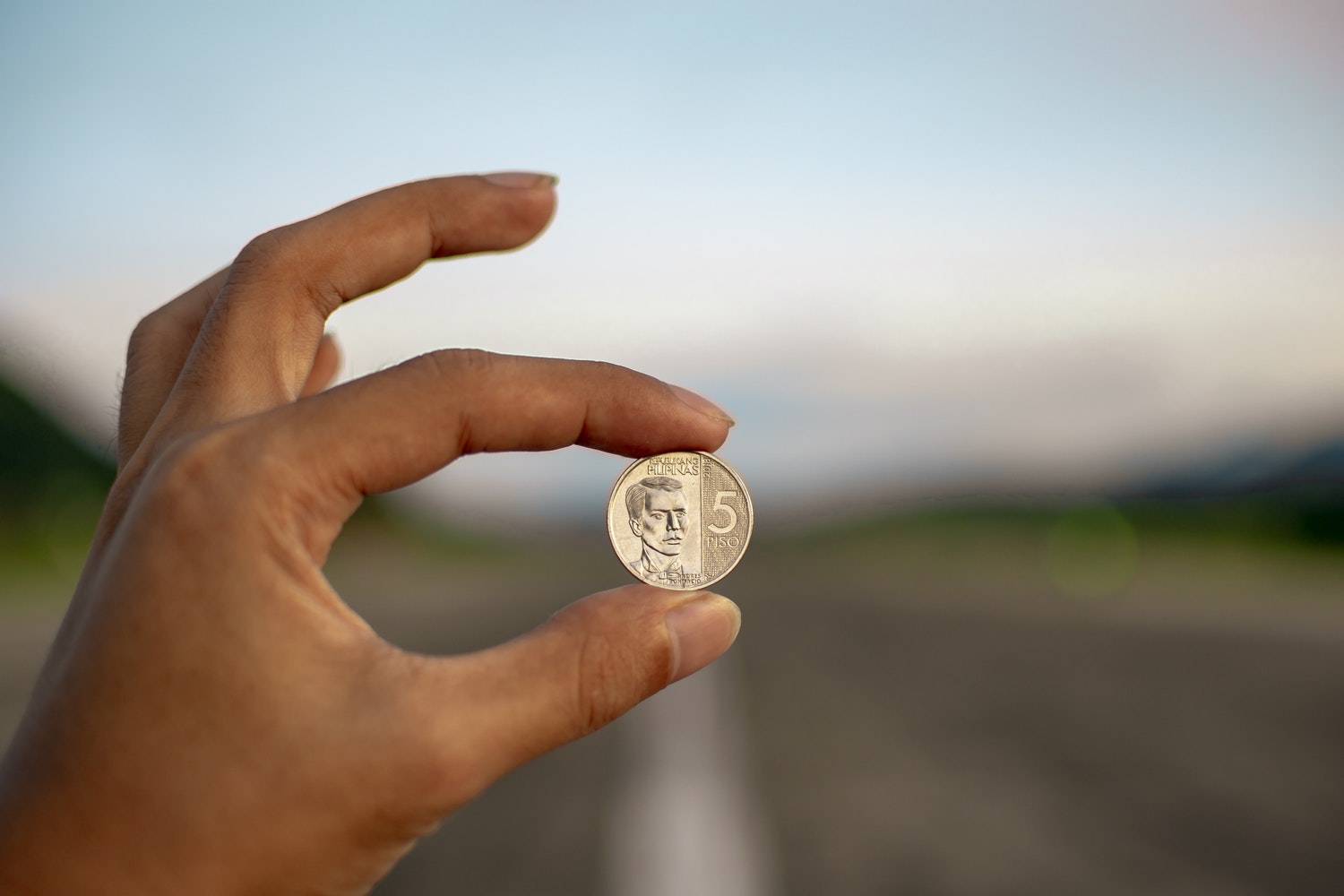
I’ve given (with a great pleasure) this Monday and Tuesday my 2 days Scrum Master training, for the first time facing an attendance of external people of Talan Labs. It has been a great success (the audience has without any exception evaluate the training “beyond their expectations”), and a part of this success is the gamification of the ways to teach good practices and print a different mindset.
I love to prepare my workshops and training based on gamification. I will not try here to explain how and why this is the best way to share ideas, but if you want, we can discuss about it.
So my 2 days training is composed of many games and one of them is the “penny game”. I really love it to make understand the scrum approach, the differences between a sequential and an parallelized approach. I use it as well to compare the Fordism to Toyotism, production organized around push or pull philosophy.
I like to use some poker coins but you can use some real coins if you have enough. So first you need 45 coins with different values by group:
I advise that the group is not exciding 6 and is constitute at least of 4 persons.
Each group has his own table and the table is free of other furniture.
If you count the global value of all the coins is 100.
For each coming exercise do not announce the name of what you are doing, don’t speak yet about phases or Pull or parallelized, I advise to only give instruction on how to flip the coins. At the end of each approach, ask the teams how do they feel with this practice and continue to the following exercise.

Ask to the first person of the table to flip all the coins one by one and then give the pile (45 coins) to his nearby colleague, which should do the same thing and then give the pile again to the next person etc. etc.
Measure the global time to flip all the coins and write it on the board.
This time ask the team to flip the coins one by one again but after 15 coins they can pass the pile to the next persons and start to flip another pile of 15 coins. Write the global time to flip all the coins (3 piles of 15 coins passed through everybody in the group), which should be much faster than the first approach.
Reaction of the groups: People observes that its faster than previously.
Ask the team to repeat the operation with piles of 5 pieces. They should be lightly faster from the first parallelized approach. Write the time measured on the board.
Reaction of the groups: They observe that it is even faster but their sometime feel a bit more pressure than precedently.
Ask everybody to flip the coins one by one and after each coin to give it to his next colleague as fast as possible without carrying about the other member of the team. Again, write the global time on the board and the team should have won some more seconds.
Reaction of the groups: We are going even faster but it is like working in a factory. It’s not pleasant, they feel a lot of pressure, some coins are flying out of the tables. You can underline that you loose quality.
Repeat the same operation but add an instruction: Only pass the coins to your nearby colleague if the space in front of him is free (no coins). Measure the time again and you should have lost few seconds.
Reaction of the groups: the pressure has decreased; a kind of synchronization has appeared and the coins are not flying anymore.
Ask the team to deliver 80 points with the minimum effort and in the shortest time using the second parallelized approach (piles of 5 coins).
And Bim! You got it! The first person will prioritize the coins that have a higher value (here only the coins having a value of 5 and 2), and the time measured is generally (not in all cases) the shortest; now you can debrief.
Now you can put words on what has been done.
The first exercise is comparable to a standard phase approach like in a waterfall project, one person his doing his task for the whole scope and then give the relay to his colleague.
The second and the third exercises are parallelized approaches and show how we can save some time here. About the pressure feeling that can appear with the 5 coins pile I Explain that it is similar to short sprint in scrum which is requiring rigor.
The 4th exercise is generally the fastest I compare it to the Fordism, this is a Push approach, and I underline the pressure feeling, the creation of bottlenecks and the lost of quality. For those 3 reasons and even if it’s the fastest that’s not what we want to do. That’s a good occasion to remember the Agile manifesto: “Agile processes promote sustainable development…”*.
In the 5th exercise people have synchronized their movements (this means that some communication is required, even if here it’s nonverbal). The bottlenecks have been removed and quality is back. This is a pull approach production is based on the demand, approach used in Toyotism.
And finally, the “Scrum”, it’s not a real scrum but it’s giving a good idea of what we want to do, we are prioritizing the coins to deliver the highest value in a shortest time, it’s the perfect moment to introduce the rule of the 80/20**. You can underline again that we are not choosing the fastest approach but the more sustainable one providing the highest value.

*Agile Manifesto : https://agilemanifesto.org/principles.html
**Pareto principle: https://en.wikipedia.org/wiki/Pareto_principle